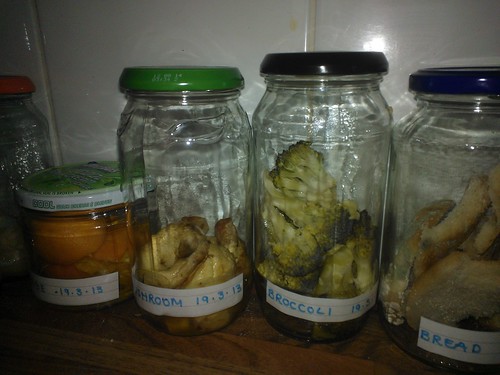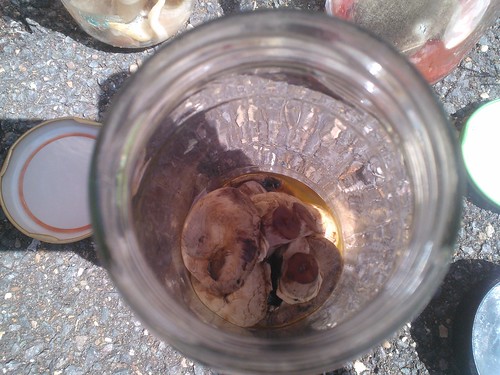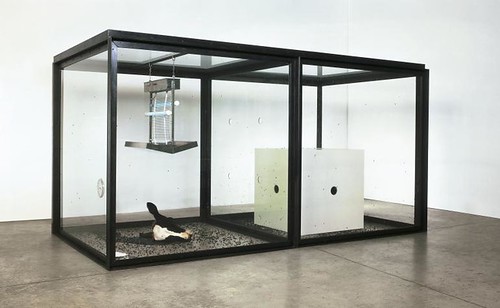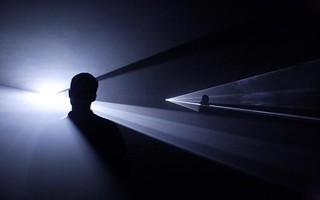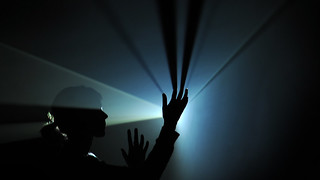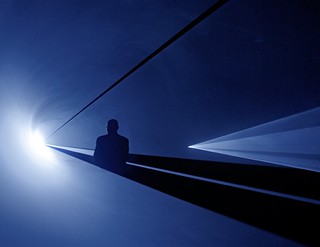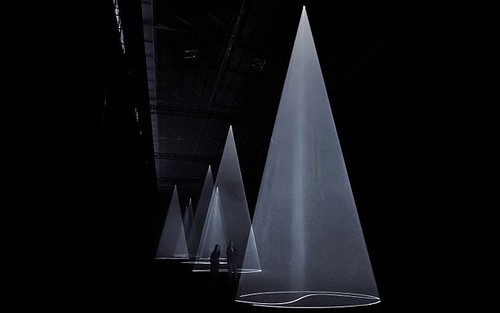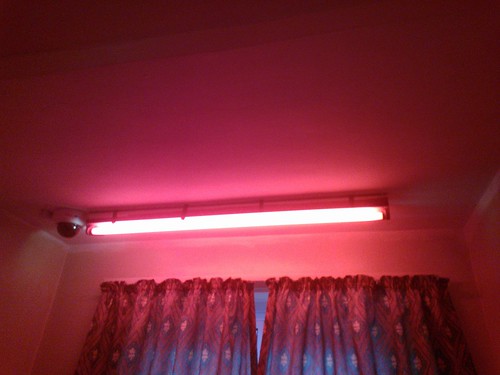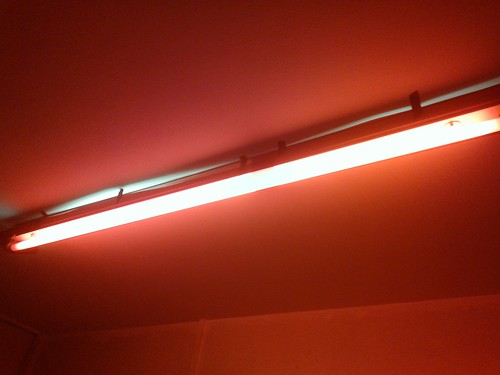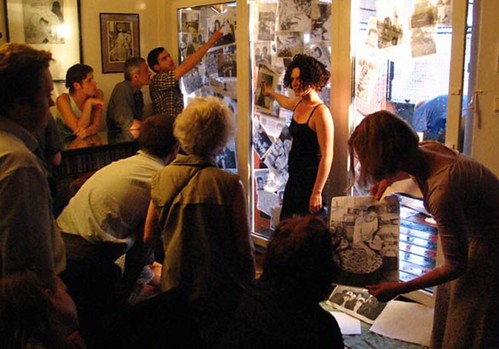Site specific performance has given me the opportunity to explore material which would be futile if transformed to a black box studio or stage. To explore and create something without the theatrical limitations or instant audience preconceptions provides you with a plain, empty foundation for discovery.
“The presence of an audience is central to the definition of theatre, and the twentieth century saw an explosion of interest in the audience’s role among experimental theatre practitioners” (( Freshwater, Helen Theatre and Audience 2009, London: Palgrave Macmillan). ))
The kitchen provided me with a range of ideas which to begin with were instantly based around visualising images food and consumption. Audience preconceptions about kitchens and mine as performer were hard to stem away from. This challenging lane of thought however provoked me in to thinking about a kitchen were control was restricted or lost. I intended to remove this element of socialising which had been part of a kitchen’s heritage for centuries. I had to make audience respond to the kitchen differently. Going against the norm was a tricky performance idea when the site was set up so appropriately for social engagement and ease. This focus on the lack of control forced me to think about a kitchens purpose and function.
The sounds of a kitchen are what users find familiar. These audio ideas were created through simple experimentation with basic kitchen objects and creating the sounds of different aspects simultaneously. These basic ideas stemmed towards the final result and post production of these sounds. Listening to familiar noises on an audio device initiated a performance element instantly, focused around your senses. My sound manipulation coincided with the element of disorder to create an audio performance that consisted of familiar kitchen site noises collaborated, distorted and edited together to create an sense of digestion and lack of order. To make the listening more performative, features were added to the set to increase the feel of manipulated digestion and consumption.
Audiences’ responses to the soundscape varied. Due to the added sensory features and my chaotic consumption, audiences were forced to visualise the site with the added soundtrack to the performance. The headphones in most cases disabled the audience to converse, leaving the performance to be an individual encounter. Only you know what your body does, and it’s something that is rarely spoken about and so to graphically hear elements of contrasting audio sound clips reinforced the lack of control theme which was evident in my initial planning. Audience members tend to stare at me, as if I was an animal in a zoo, enhanced by the torches this made me feel like an object on display, a cog in a machine that wasn’t working properly, something unreal or dysfunctional. It was very interesting to see that some people had confidence when exploring the jars full of various rotted food as others were tense, anxious, and claustrophobic.


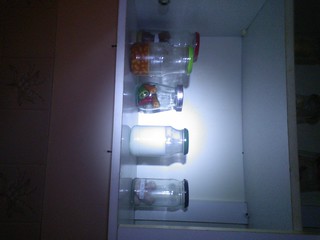
(All pictures taken by myself on 2/5/13 Documentation)
The ability to communicate your message without the norm of speech enabled this performance to become a definite sensory performance. To use senses to transfer messages creates specific independent responses. The reaction to sound, smell and sight vary heavily to those of speech. This excited me as a performer because you were able to engage with them visually, as if they were performing. For the audience/performer shift to be present throughout the performance made the piece heavily link back to a kitchens normal purpose, yet simultaneously taking it out of its original context.
